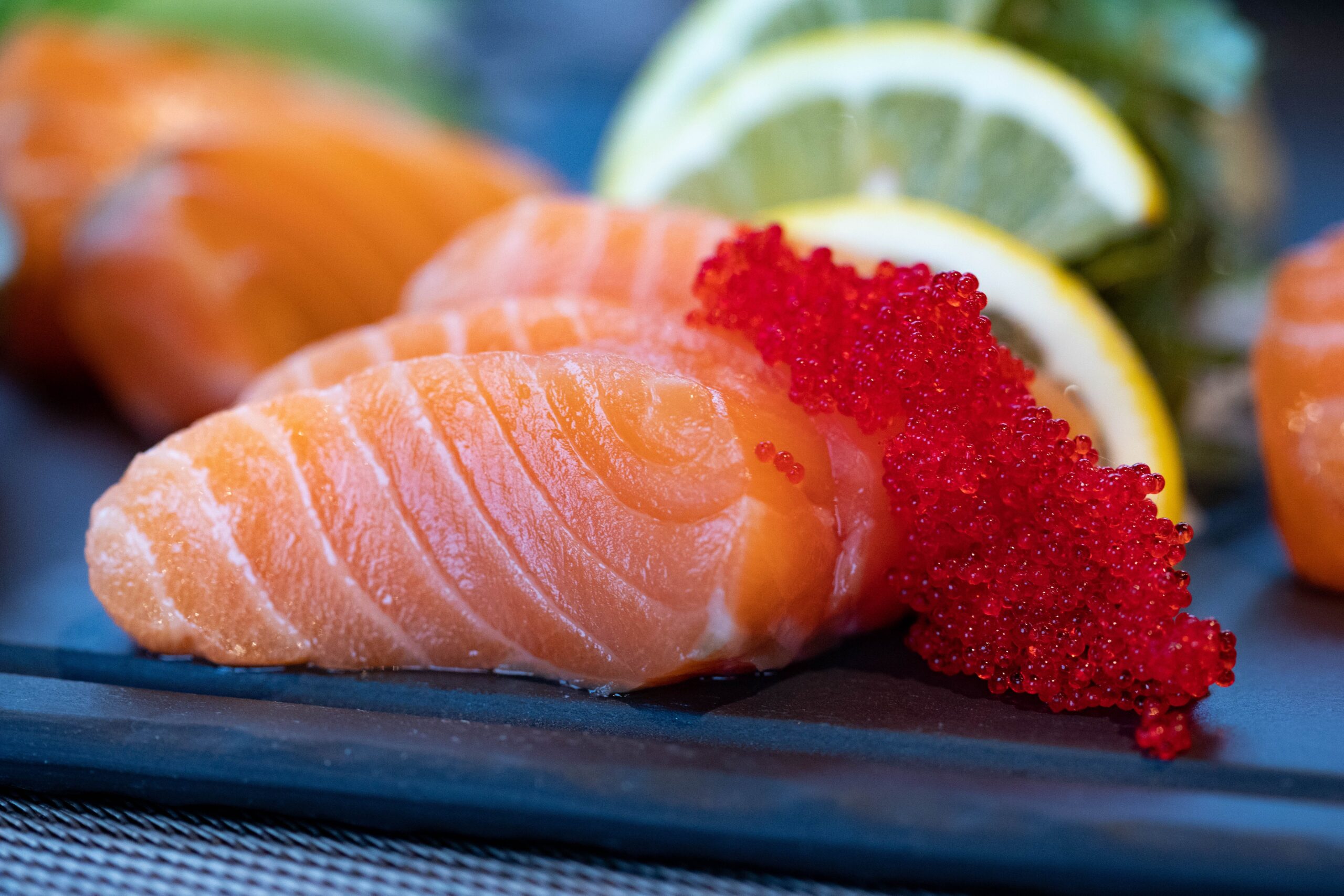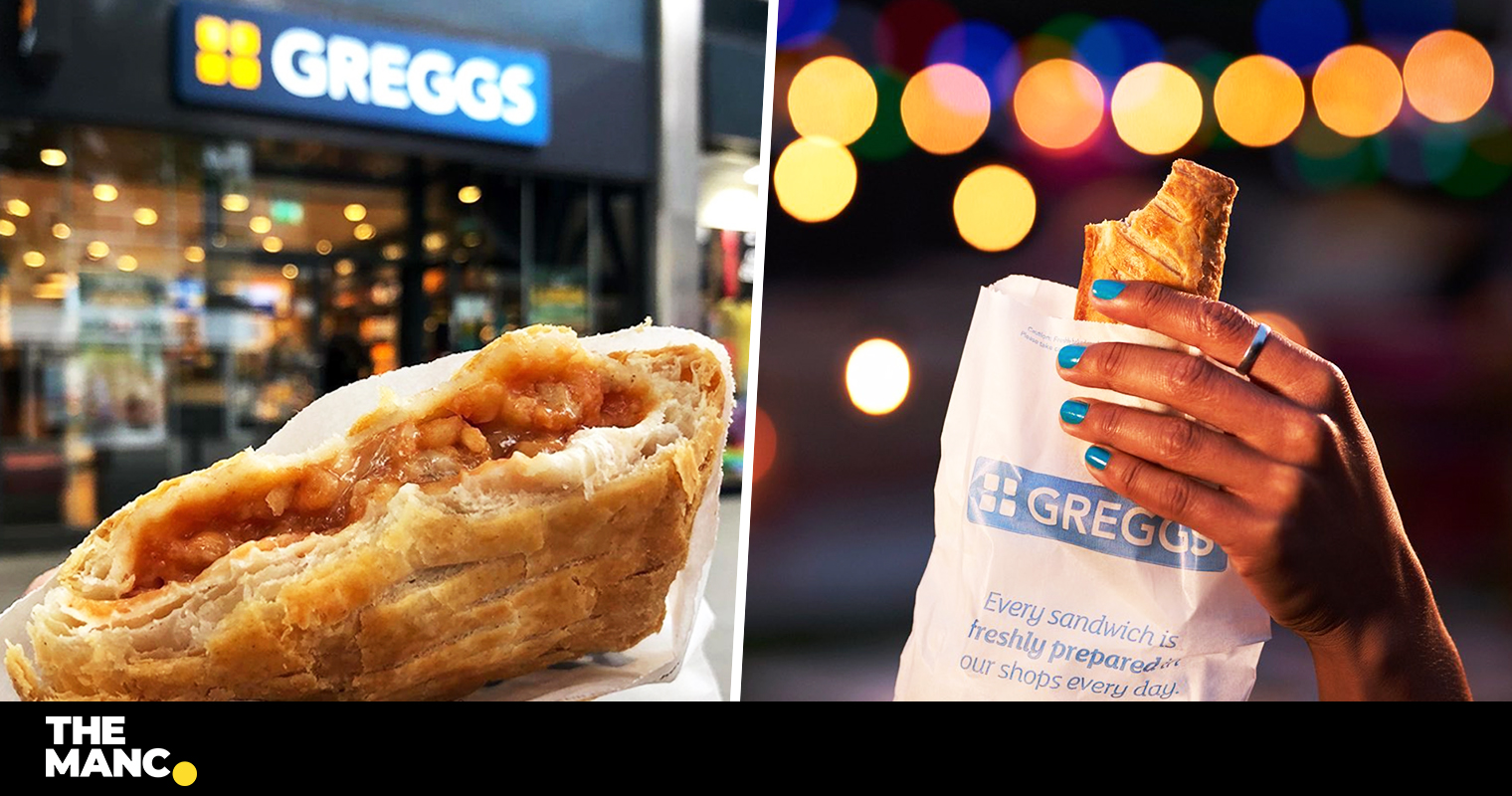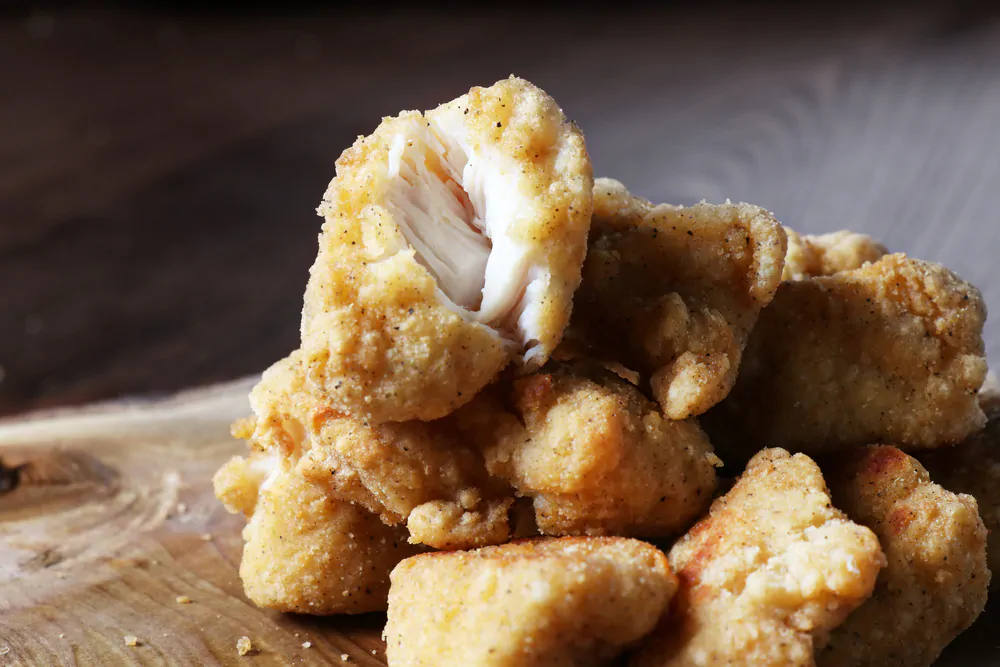Pollock is relatively cheap due to its abundant supply, fast growth rate, and efficient fishing methods. It’s often used in processed foods like fish sticks and imitation crab meat, contributing to its affordability.
Pollock, a type of white fish, has gained numerous popularity in recent years due to its affordability and versatility. It is a commonly found fish in the North Atlantic Ocean and is often used as a substitute for other more expensive types of fish, such as cod or haddock.
In addition to its affordable price, Pollock’s mild flavor and firm texture make it a sought-after option for a range of dishes. Furthermore, Pollock is a sustainable seafood option, as its populations are carefully managed.
Its popularity can also be attributed to its nutritional value, a good protein source and omega-3 fatty acids.
Overall, its taste, affordability, versatility, and sustainability make Pollock a go-to option for both home cooks and restaurants.
Reasons Why Is Pollock So Cheap?
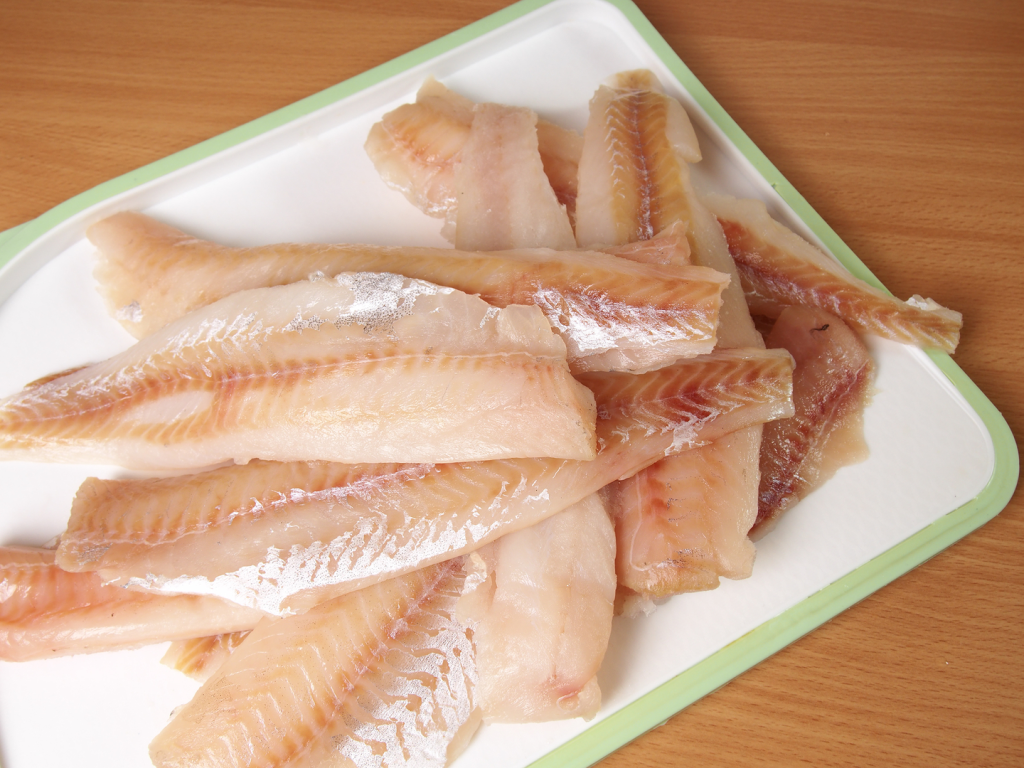
A widely consumed fish, Pollock is often perceived as a budget-friendly option compared to other seafood varieties. This affordability has led many to wonder why Pollock is priced lower than its counterparts.
The answer lies in several factors, including its abundance and availability. Pollock is a species that is found in large quantities in certain regions, making it easier to catch and supply to the market.
Pollock is a fast-growing fish with a high reproduction rate, allowing for a consistent and plentiful supply.
These factors contribute to the lower cost of pollock, making it an appealing choice for individuals looking for a cost-effective seafood option.
Pollock’s affordability can be attributed to several factors:
Abundant Supply: In large quantities in the North Pacific Ocean, Pollock is one of the most abundant fish species globally. This high supply helps keep prices lower.
Fast Reproduction and Growth: Pollock has a rapid growth rate and can reproduce quickly, leading to consistent population levels and a stable supply.
Efficient Fishing Methods: The fishing industry employs efficient techniques, such as midwater trawling, to catch large quantities of pollock in a single haul. This reduces operational costs per fish.
Processing for Mass Consumption: Pollock is commonly used in processed foods like fish sticks, fish fillets, and imitation crab meat. This widespread use in convenience foods boosts demand, allowing for economies of scale and cost savings.
Less Demand for Fresh Pollock: Unlike some premium fish species, fresh pollock has less demand due to its milder flavor and texture. This reduces the pressure on the supply chain, contributing to lower prices.
Utilization of Byproducts: The fishing industry maximizes pollock use by using byproducts for fishmeal, fish oil, and other products. This optimizes the value obtained from each catch.
Competition and Market Dynamics: The presence of multiple suppliers and substitutes in the market keeps prices competitive, preventing excessive price inflation.
Global Distribution: Pollock’s distribution extends beyond local markets, allowing for a wider consumer base and balanced pricing.
These factors collectively contribute to the cost-effectiveness of pollock, making it an affordable seafood option for consumers and a staple ingredient in various processed food products.
What are the Impacts of Pollocks Price on Consumer Behavior?
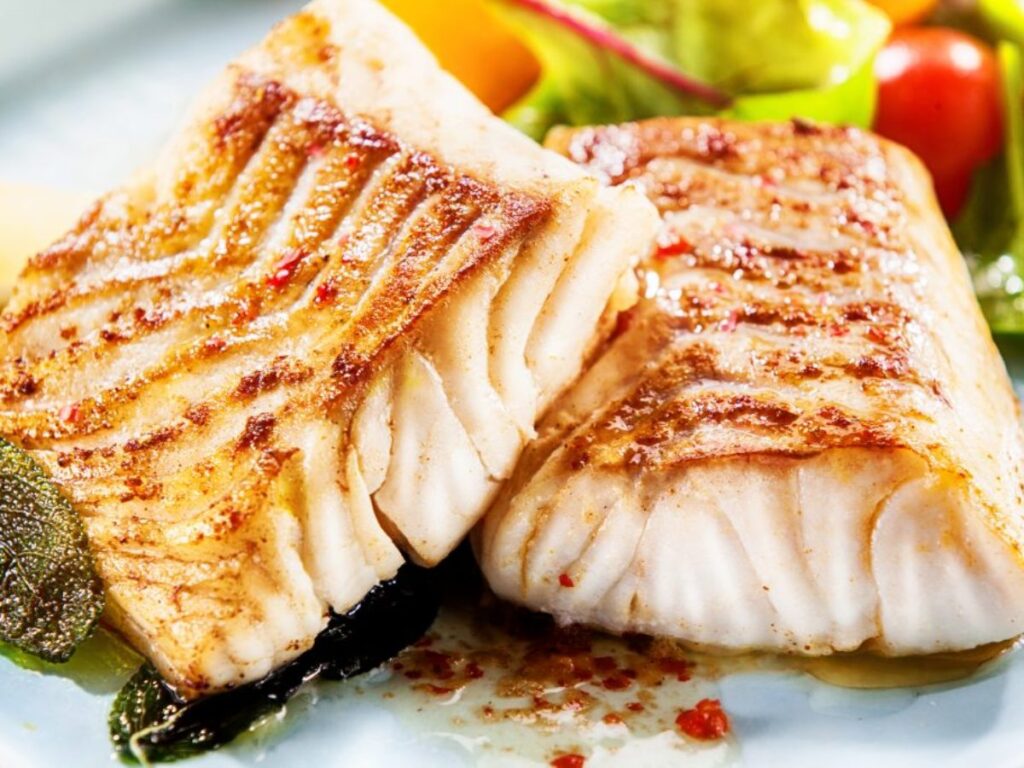
The affordability of pollock, often attributed to its abundant supply and efficient fishing methods, significantly influences consumer behavior.
Beyond its economic appeal, the nutritious value of pollock, rich in protein and omega-3 fatty acids, enhances its attractiveness.
Now, let’s figure out how Pollock’s cost-effectiveness intersects with consumer choices, nutritional considerations, and culinary preferences, shedding light on the multifaceted impact of its price on consumer behavior.
Affordability Attracts Consumers:
- Pollock’s lower price makes it an attractive option for budget-conscious consumers.
- Affordability encourages more frequent purchases, contributing to its popularity.
The shift in Consumption Patterns:
- Consumers may choose pollock over higher-priced seafood options, leading to shifts in consumption patterns.
- Pollock’s affordability influences menu choices at home and in restaurants.
Economic Accessibility:
- Pollock’s low cost enables a wider range of consumers to access seafood, including those with limited budgets.
- It democratizes seafood consumption by offering an affordable protein source.
The choice for Family Meals:
- Families often opt for pollock due to its cost-effectiveness, allowing them to provide nutritious meals within their budget.
Demand for Processed Products:
- Affordable pollock contributes to the popularity of processed products like fish sticks, surimi, and canned goods.
- Consumers seek convenience and value in these products.
Market Demand and Availability:
- High demand for affordable seafood supports the availability and accessibility of pollock in various markets.
- Consumers’ preference for economical choices drives retailers to stock pollock.
Culinary Creativity:
- Pollock’s price encourages consumers to experiment with different recipes and cooking techniques.
- Its versatility as an ingredient allows for creative culinary endeavors.
Perceived Value:
- Consumers perceive pollock as a cost-effective option with a favorable price-to-quality ratio.
- This perception influences their decision-making process.
Health and Nutrition Considerations:
- Affordable pollock provides an opportunity for consumers to incorporate more seafood into their diets, benefiting from its nutritional content.
Consumer Loyalty and Repeat Purchases:
- Affordable pricing fosters consumer loyalty as they find value in the product.
- Satisfied customers become comes repeatedly purchase the pollock at a low price.
In a nutshell, pollock’s price directly impacts consumer behavior by influencing their purchasing decisions, menu choices, and culinary preferences.
Its affordability extends access to seafood, creates market demand, and drives consumers to incorporate it into their meals, making it a significant factor in shaping consumption patterns.
FAQs
2. Is pollock considered a low-cost fish?
Yes, pollock is generally considered a low-cost fish due to its prolific population and efficient fishing methods.
3. What contributes to Pollock’s low price?
The large global supply of pollock, efficient processing methods, and shorter fishing times all contribute to its affordability.
4. Are there environmental factors affecting pollock prices?
Sustainable management practices have helped maintain pollock stocks, which contributes to its consistent supply and lower prices.
5. How does pollock compare to other seafood in terms of cost?
Pollock is often more affordable than other seafood options due to its high availability and efficient fishing practices.
6. Is Pollock’s low cost indicative of lower quality?
No, pollock is known for its mild flavor and versatility in cooking, making it a quality choice for various dishes.
7. What is the primary use of pollock in the food industry?
Pollock is frequently used to make surimi, which is a common ingredient in products like imitation crab meat.
8. Does pollock have health benefits despite its low cost?
Yes, Pollock is rich in lean protein, omega-3 fatty acids, and vital nutrients, offering a nutritious choice.
9. How does the fishing process affect Pollock’s cost?
Pollock is often caught using efficient methods like midwater trawling, which helps keep production costs down.
10. Are there fluctuations in pollock prices?
Pollock prices can vary due to demand, market conditions, and fishing regulations, but it generally remains a cost-effective choice.
Conclusion
Pollock is abundant and fast-growing, making it a widely available and cost-effective seafood option. However, the affordability of Pollock can be attributed to several factors, such as its abundance and widespread distribution.
Its relatively low production and processing costs also contribute to its low price. The impacts of Pollock’s affordability on consumer behavior include increased consumption and demand for fish, particularly in price-sensitive markets.
This affordability has allowed consumers, including those on a tight budget, to access a nutritious seafood option. It has also influenced purchasing decisions, shifting consumer preferences towards Pollock over higher-priced seafood options.








